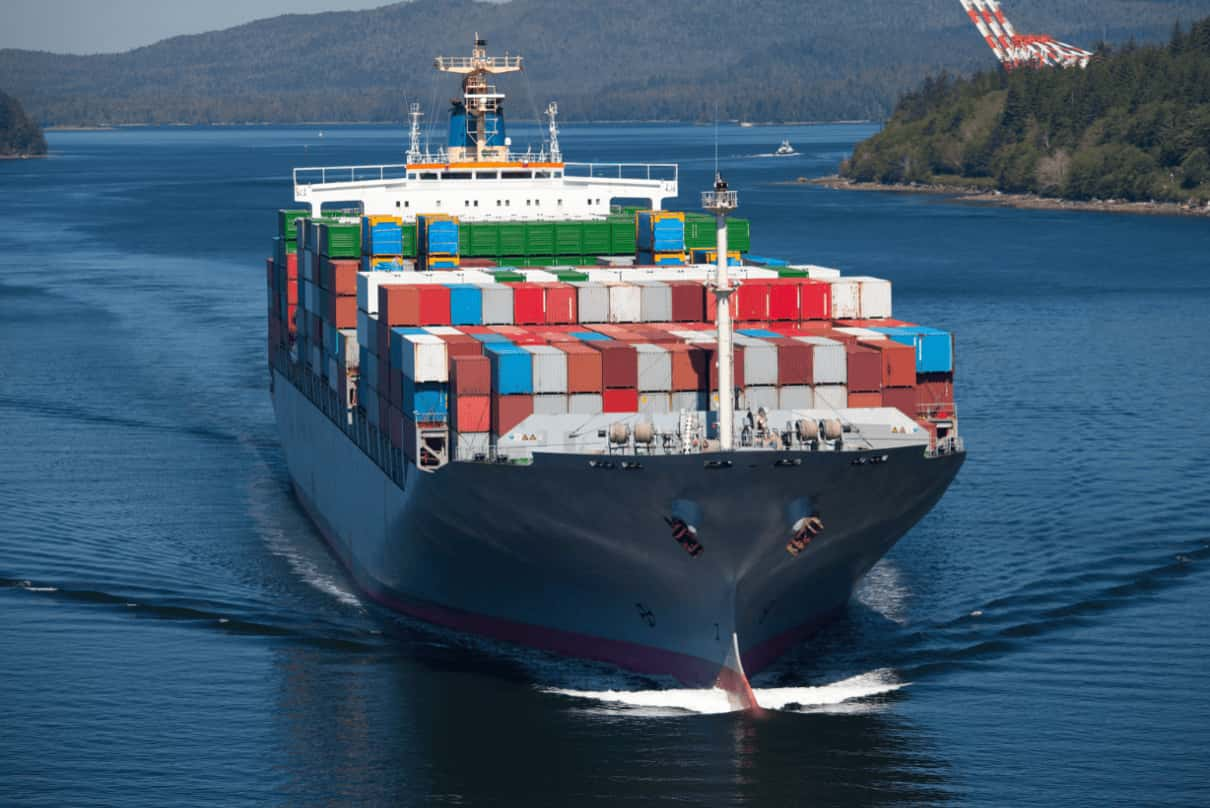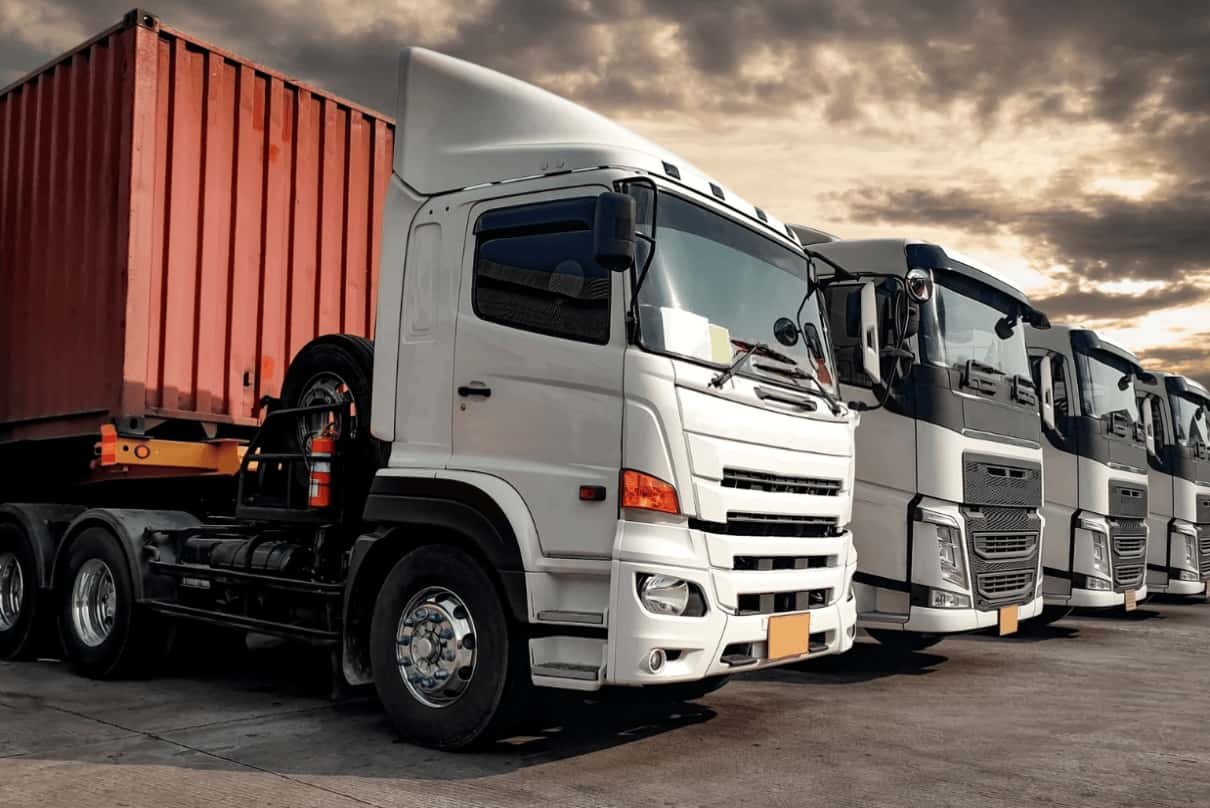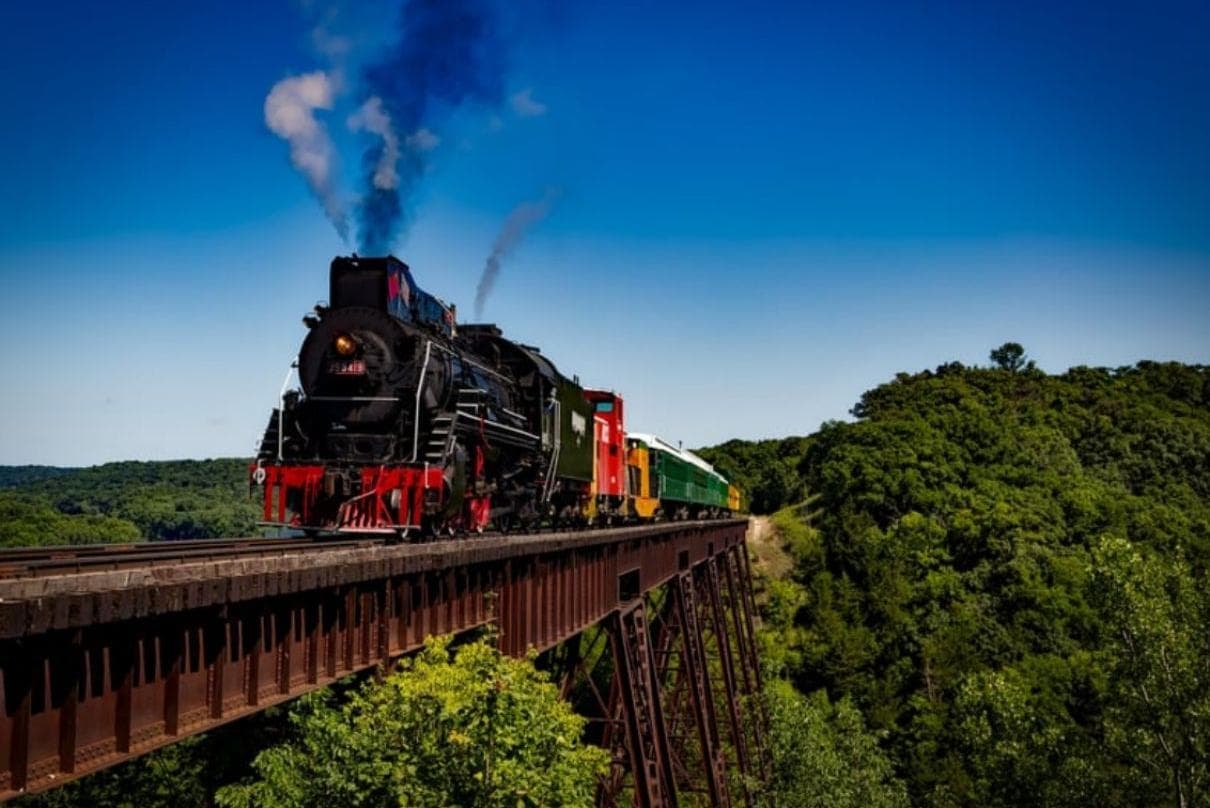Metric DIN 933 hexagon head bolts with full thread
Metric DIN 933 Full Thread Hexagon Head Bolts
Metric DIN 933 full thread hexagon head screw dimensions
|
Thread D |
S |
E |
K |
|
B |
|
|
|
|
|
|
X |
Y |
Z |
|
M4 |
7 |
7.74 |
2.8 |
|
|
|
|
M5 |
8 |
8.87 |
3.5 |
|
|
|
|
M6 |
10 |
11.05 |
4 |
|
|
|
|
M8 |
13 |
14.38 |
5.5 |
|
|
|
|
M10 |
17 |
18.9 |
7 |
|
|
|
|
M12 |
19 |
21.1 |
8 |
|
|
|
|
M14 |
22 |
24.49 |
9 |
|
|
|
|
M16 |
24 |
26.75 |
10 |
|
|
|
|
M18 |
27 |
30.14 |
12 |
|
|
|
|
M20 |
30 |
33.14 |
13 |
|
|
|
|
M22 |
32 |
35.72 |
14 |
|
|
|
|
M24 |
36 |
39.98 |
15 |
|
|
|
|
M27 |
41 |
45.63 |
17 |
60 |
66 |
79 |
|
M30 |
46 |
51.28 |
19 |
66 |
72 |
85 |
|
M33 |
50 |
55.8 |
21 |
72 |
78 |
91 |
|
M36 |
55 |
61.31 |
23 |
78 |
84 |
97 |
|
M39 |
60 |
66.96 |
25 |
84 |
90 |
103 |
|
M42 |
65 |
72.61 |
26 |
90 |
96 |
109 |
|
M45 |
70 |
78.26 |
28 |
96 |
102 |
115 |
|
M48 |
75 |
83.91 |
30 |
102 |
108 |
121 |
DIN 933 full thread hexagon head screws bolt weights
|
Thread D |
M8 |
M10 |
M12 |
M14 |
M16 |
M18 |
M20 |
M22 |
M24 |
|
L (mm) |
Weight in Kg(s)-1000pcs |
||||||||
|
8 |
8.55 |
17.2 |
|
|
|
|
|
|
|
|
10 |
9.1 |
18.2 |
25.8 |
38 |
|
|
|
|
|
|
12 |
9.8 |
19.2 |
27.4 |
40 |
52.9 |
|
|
|
|
|
16 |
11.1 |
21.2 |
30.2 |
44 |
58.3 |
82.7 |
107 |
133 |
173 |
|
20 |
12.3 |
23.2 |
33 |
48 |
63.5 |
87.9 |
116 |
143 |
184 |
|
25 |
13.9 |
25.7 |
36.6 |
53 |
70.2 |
96.5 |
126 |
155 |
199 |
|
30 |
15.5 |
28.2 |
40.2 |
57.9 |
76.9 |
105 |
136 |
168 |
214 |
|
35 |
17.1 |
30.7 |
43.8 |
62.9 |
83.5 |
113 |
147 |
181 |
229 |
|
40 |
18.7 |
33.2 |
47.4 |
67.9 |
90.2 |
121 |
157 |
193 |
244 |
|
45 |
20.3 |
35.7 |
51 |
72.9 |
97.1 |
129 |
167 |
206 |
259 |
|
50 |
21.8 |
38.2 |
54.5 |
77.9 |
103 |
137 |
178 |
219 |
274 |
|
55 |
23.4 |
40.7 |
58.1 |
82.9 |
110 |
146 |
188 |
232 |
289 |
|
60 |
25 |
43.3 |
61.7 |
87.8 |
117 |
154 |
199 |
244 |
304 |
|
65 |
26.6 |
45.8 |
65.3 |
92.8 |
123 |
162 |
209 |
257 |
319 |
|
70 |
28.2 |
48.8 |
68.9 |
97.8 |
130 |
170 |
219 |
269 |
334 |
|
75 |
29.8 |
50.8 |
72.5 |
102 |
137 |
178 |
229 |
282 |
348 |
|
80 |
31.4 |
53.3 |
76.1 |
107 |
144 |
187 |
240 |
295 |
363 |
|
90 |
34.6 |
58.3 |
83.3 |
117 |
157 |
203 |
260 |
321 |
393 |
|
100 |
37.7 |
63.3 |
90.5 |
127 |
170 |
219 |
281 |
346 |
423 |
|
110 |
40.9 |
68.4 |
97.7 |
137 |
184 |
236 |
302 |
371 |
453 |
|
120 |
|
73.4 |
105 |
147 |
197 |
252 |
322 |
397 |
483 |
|
130 |
|
78.4 |
112 |
157 |
210 |
269 |
343 |
421 |
513 |
|
140 |
|
83.4 |
119 |
167 |
224 |
255 |
364 |
448 |
543 |
|
150 |
|
88.4 |
126 |
177 |
237 |
301 |
384 |
473 |
572 |

Quality Management
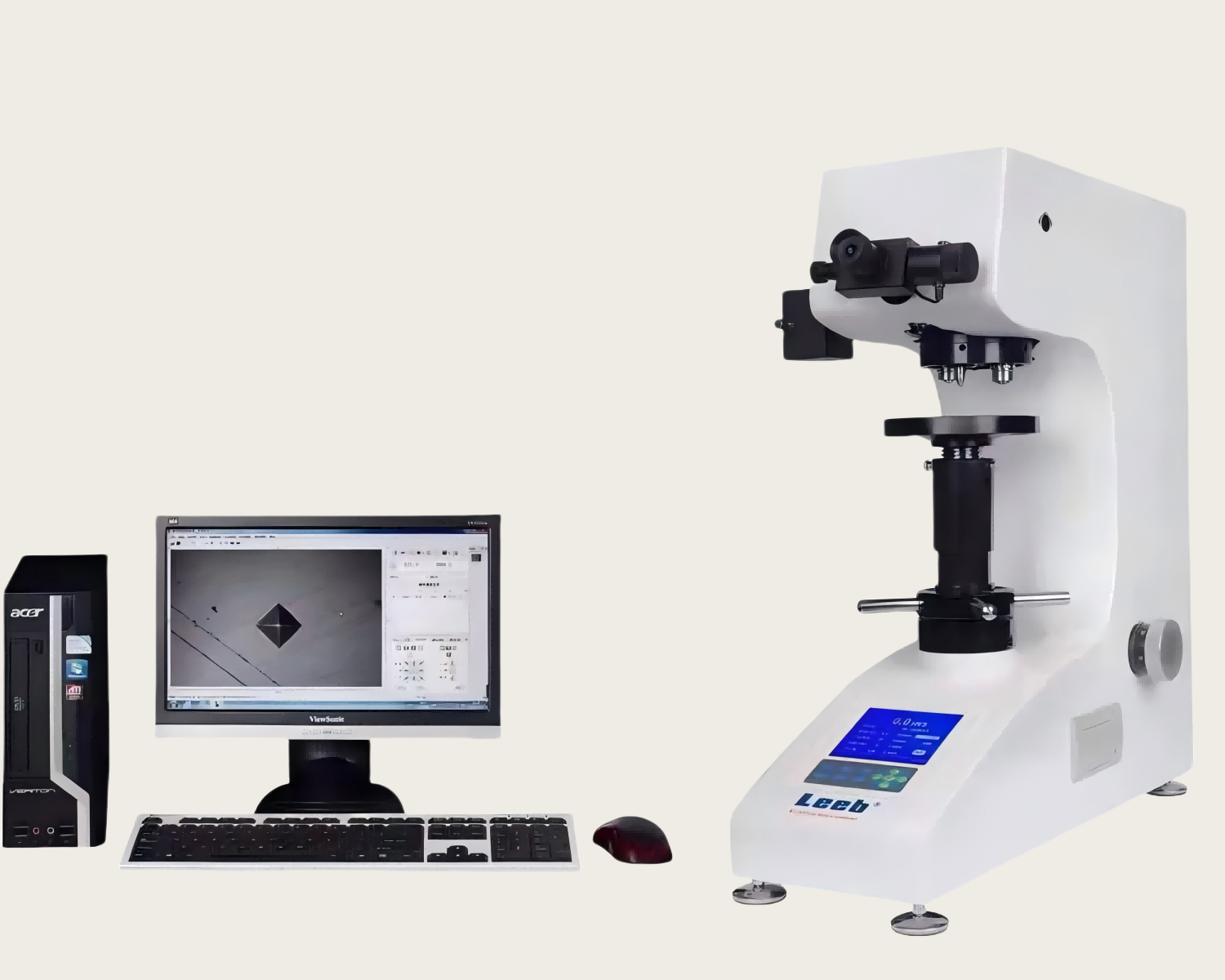
Vickers Hardness Instrument
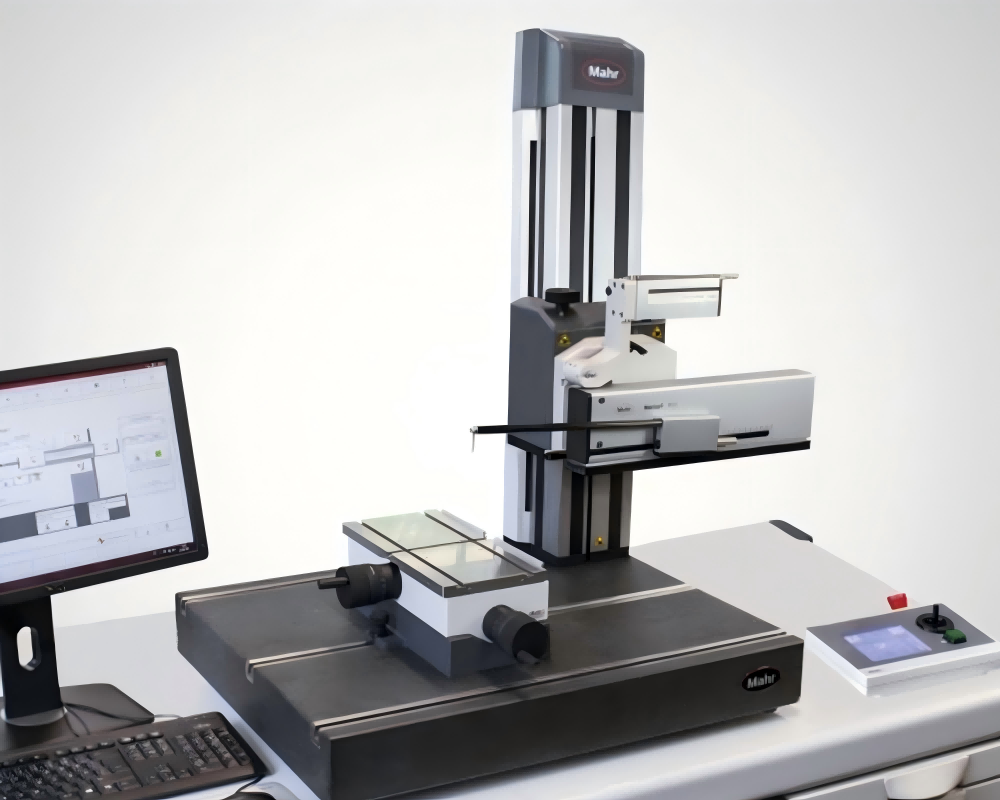
Profile Measuring Instrument
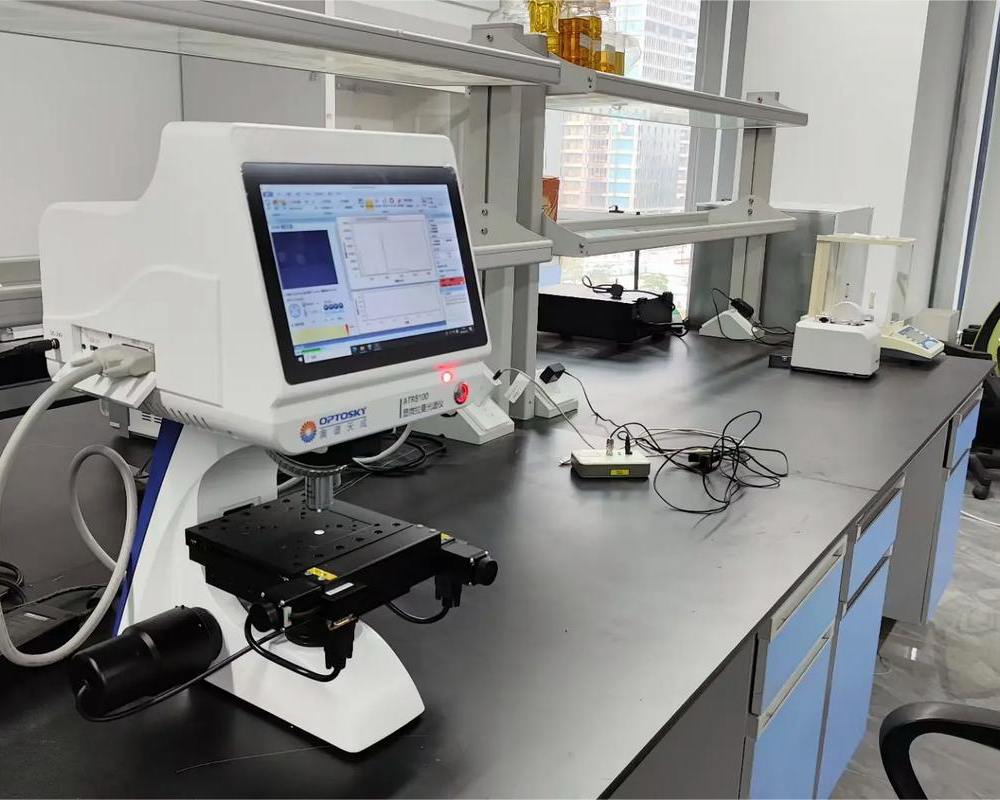
Spectrograph Instrument
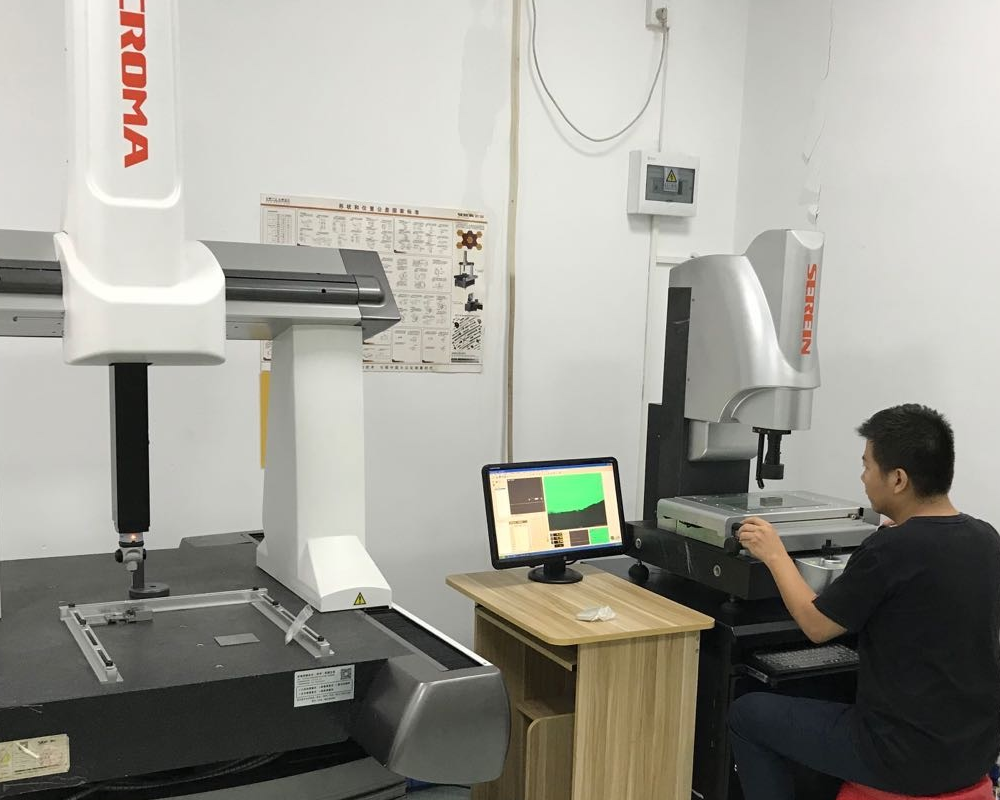
Three Coordinate Instrument
What types of stainless steel are used to make fasteners?
The alloy composition and structural characteristics of stainless steel are divided into the following five categories:
1. Austenitic stainless steel
Features: Contains high chromium and nickel, usually also contains a small amount of molybdenum and nitrogen, with excellent corrosion resistance and toughness. It cannot be hardened by heat treatment, but can be strengthened by cold working.
Common models: 304, 316, 317, etc.
Application areas: tableware, kitchen equipment, chemical equipment, architectural decoration, etc.
2. Ferritic stainless steel
Features: High chromium content (generally 10.5-27%), low carbon content, no nickel, good corrosion resistance. Although it is brittle, it is low in price and has good oxidation resistance.
Common models: such as 430, 409, etc.
Application areas: mainly used in automobile exhaust systems, industrial equipment, home appliances, architectural decoration, etc.
3. Martensitic Stainless Steel
Features: Chromium content is about 12-18%, and carbon content is high. It can be hardened by heat treatment, and has high strength and wear resistance, but its corrosion resistance is not as good as austenitic and ferritic stainless steel.
Common models: such as 410, 420, 440, etc.
Application areas: knives, surgical instruments, valves, bearings and other occasions that require high strength and wear resistance.
4. Duplex Stainless Steel
Features: It has the characteristics of both austenitic and ferritic stainless steels, and performs well in hardness resistance and corrosion resistance.
Common models: such as 2205, 2507, etc.
Application areas: Highly corrosive environments such as marine engineering, chemical and petroleum industries.
5. Precipitation Hardening Stainless Steel
Features: Higher strength can be obtained through heat treatment, and good corrosion resistance. The main components are chromium, nickel and copper, with a small amount of carbon.
Common models: such as 17-4PH, 15-5PH, etc.
Application areas: aerospace, nuclear energy and other applications with high strength requirements.
Packaging
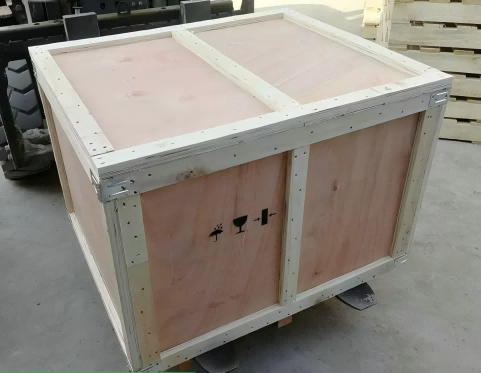

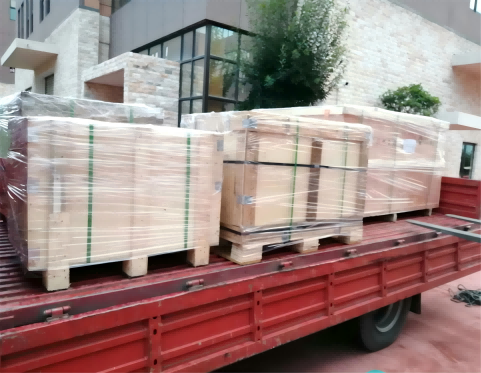
What are your transportation methods?
We offer the following transportation methods for you to choose from:
Sea transportation
Suitable for bulk goods and long-distance transportation, with low cost and long transportation time.
Air transportation
Suitable for small goods with high timeliness requirements, fast speed, but relatively high cost.
Land transportation
Mostly used for trade between neighboring countries, suitable for medium and short-distance transportation.
Rail transportation
Commonly used for transportation between China and Europe, with time and cost between sea transportation and air transportation.
Express delivery
Suitable for small urgent goods, with high cost, but fast delivery speed and convenient door-to-door delivery.
Which transportation method you choose depends on your cargo type, timeliness requirements and cost budget.
Transportation
